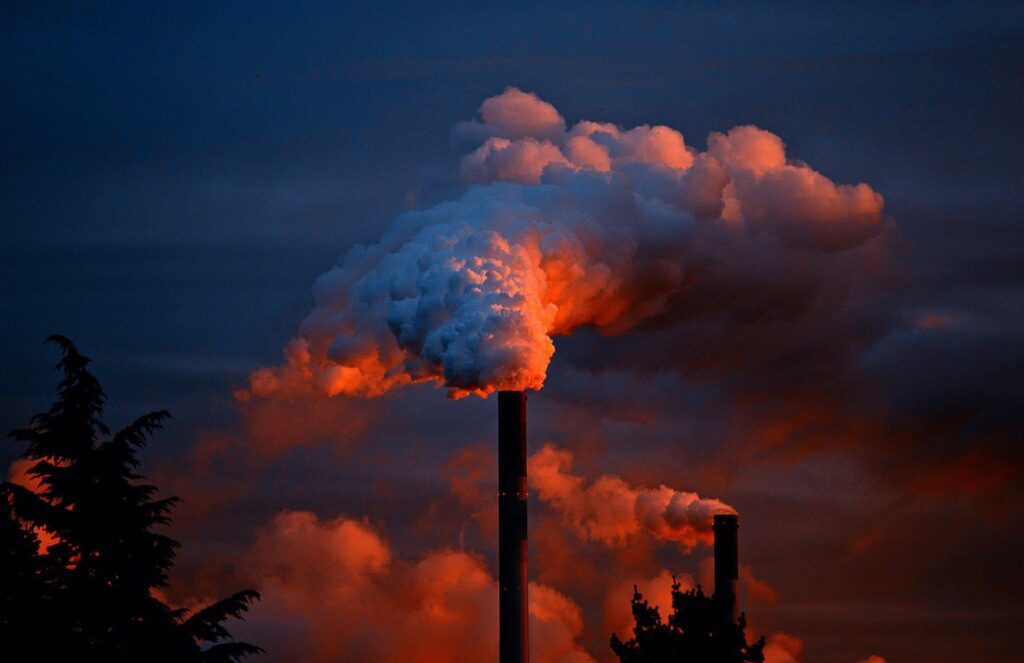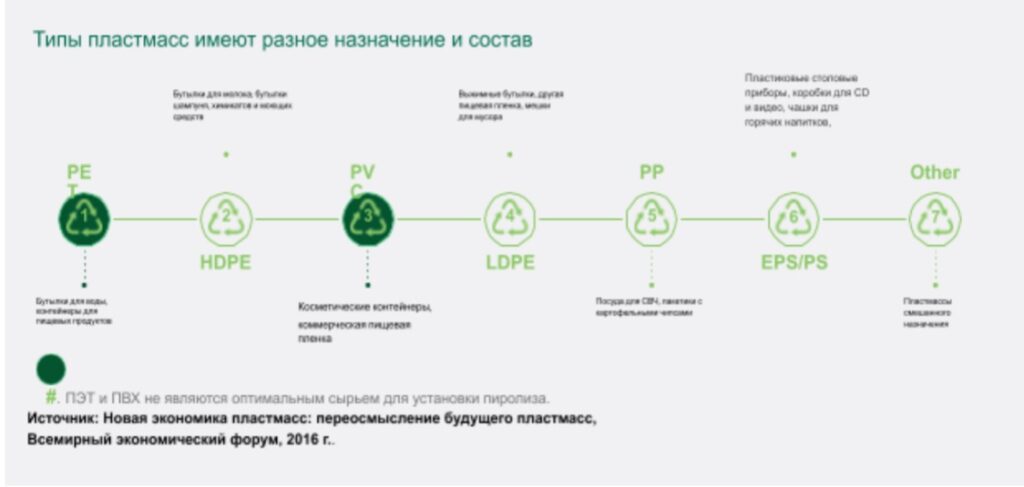
New developments of the Avelife Institute of Nanotechnology
The Institute of Nanotechnology and Organic Products “Avelife” improves the methodology and creates modern tools and products to increase crop yields, restore soils and water bodies.
The technology of processing organic high-molecular waste and materials (plastics, solid alternative fuel TAT, sewage sludge) by thermal depolymerization is not new from the point of view of the physicochemical process – equipment for thermal processing of raw materials was used as early as 1938 in Germany and England.

However, continuous technology, as opposed to batch loading, is new in Europe, and especially in the Czech Republic.
The ERVO 5 device is protected by a patent application, as is the method of continuous multicyclic depolymerization of organic substances.
The main product in the processing process is carbon coke (Bio-Char), a gas, a liquid petroleum product containing about 70% aromatic hydrocarbons. The technology has no significant environmental impact and does not require analysis in accordance with the Environmental Impact Assessment Act.
ERVO technology allows converting almost all organic and high molecular weight (polymer) structures into gas, liquid fraction and solid residue. ERVO technology is based on thermal decomposition and reactive distillation. ERVO technology is a continuous (continuous) technology.
The process gas obtained during the waste treatment process is used as fuel, for heating the ERVO reactor, for processing as a raw material for obtaining various gases (hydrogen, methane, carbon monoxide, ethanol). The liquid fraction is used as fuel or as a raw material for the petrochemical industry – aromatic hydrocarbons. The carbon residue is used as a raw material for the production of rubber, various filters, absorbent materials, paints, carbon black products, as a fertilizer for the soil or as a fuel for burning in a furnace, if necessary.
Possible processing:

Additional information on the possible recycling of various wastes
Processing of peat, silt deposits and oil sludge is also possible.
The proposed production cycle technology – multi-stage depolymerization and reforming of waste by low-temperature pyrolysis – consists in heating the waste inside the reactor without access to air and contact with the environment. Such heating leads to molecular decomposition and reforming, resulting in the following products:
When recycling tires, additional metal cord is used.
The quantitative composition of fractions obtained during waste processing depends on their morphology:
This technology implements pre-designed thermal regimes to obtain a certain steam-gas mixture in the reactor, the heat to which is supplied through its walls. The reactor operates continuously without stopping, according to pre-designed programs that control the temperature in certain places of the equipment and the volume of raw materials being loaded.
The basic equipment set consists of:

The Institute of Nanotechnology and Organic Products “Avelife” improves the methodology and creates modern tools and products to increase crop yields, restore soils and water bodies.

On June 20, 2025, the head of the Institute of Nanotechnologies and Organic Products “AVELIFE”, Timur Levda, attended a fundraising consultation meeting held at the “France” Hotel in Vinnytsia.

In a world where every third banner screams “eco!”, the consumer no longer believes words. He wants to see. Feel. Be immersed. And this is where immersive marketing begins.